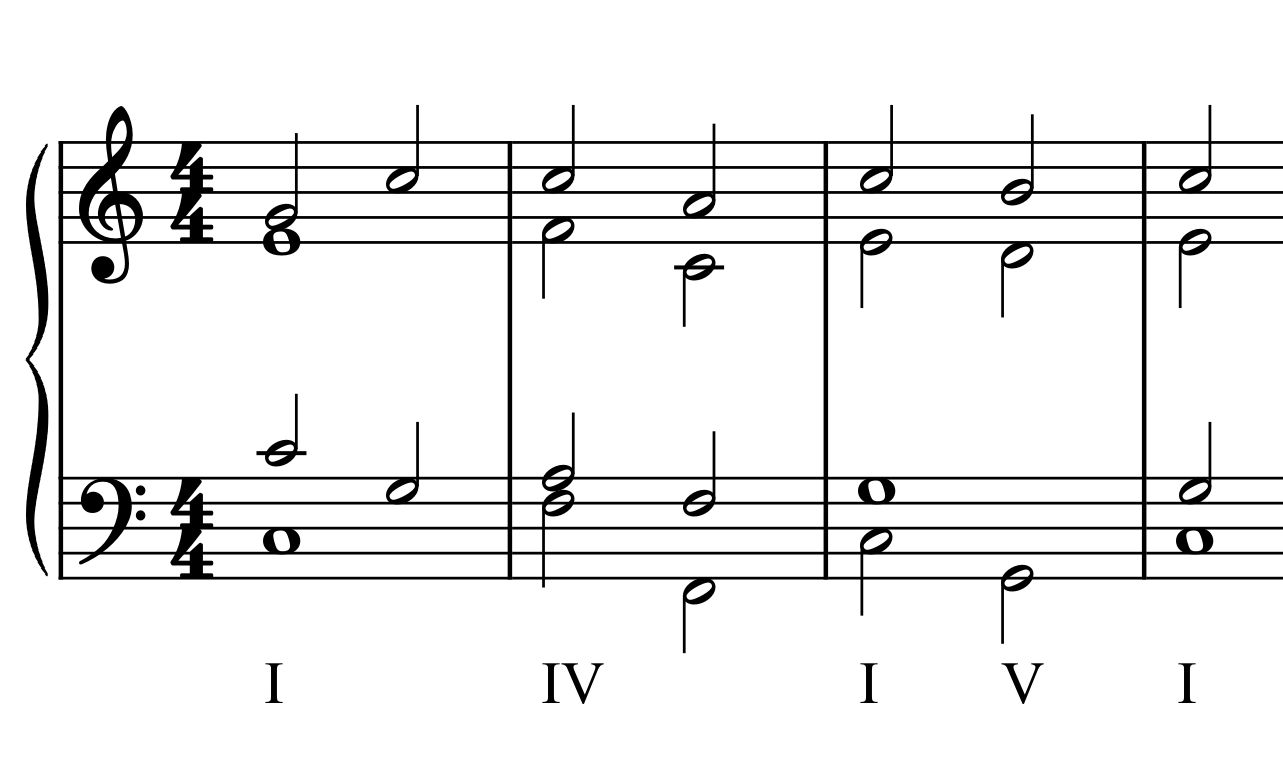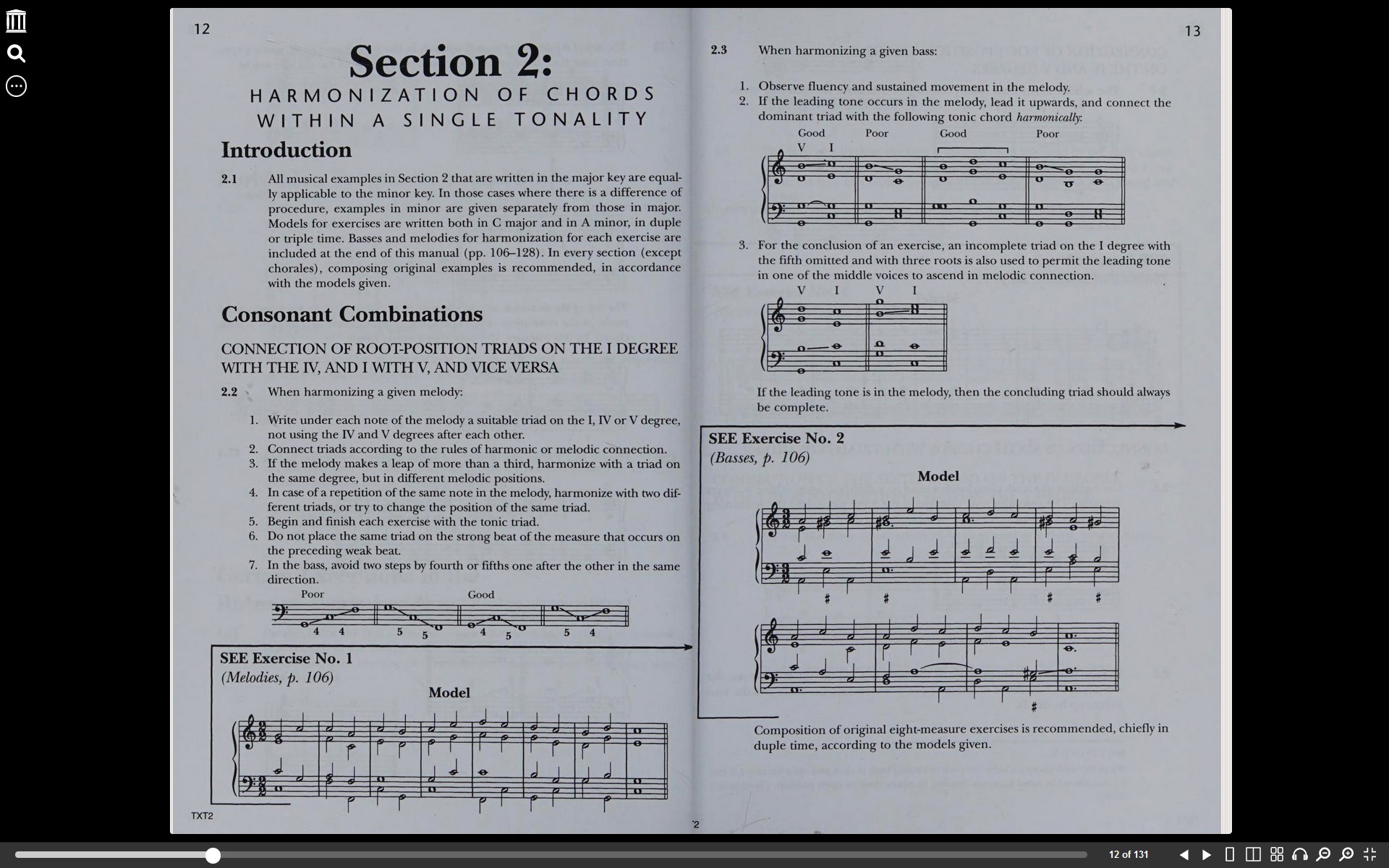M2 to M3
Is that a hidden octave between soprano and base or not?
Fragment from book Korsakov.
Kind regards,


 Zynaptiq releases Morph 3 and Morph 3 Pro
Zynaptiq releases Morph 3 and Morph 3 Pro Wholegrain updates DynPEQ to v1.4.3 for MacOS
Wholegrain updates DynPEQ to v1.4.3 for MacOS Sound Magic updates Cadenza Woodwinds, Cadenza Solo Strings and China Percussion
Sound Magic updates Cadenza Woodwinds, Cadenza Solo Strings and China Percussion Vicious Antelope releases free "Darkest Pads" preset pack for Diva
Vicious Antelope releases free "Darkest Pads" preset pack for Diva apulSoft updates apVerb to v1.2.0
apulSoft updates apVerb to v1.2.0 The Unfinished releases Serum Icara Vol I & II
The Unfinished releases Serum Icara Vol I & II Rigid Audio updates Kontakt GUI Maker 2024 to v1.0.2
Rigid Audio updates Kontakt GUI Maker 2024 to v1.0.2 Roland announces FANTOM EX Synthesizers
Roland announces FANTOM EX Synthesizers Plughugger releases "Analog Deep House 2" for u-he Diva
Plughugger releases "Analog Deep House 2" for u-he Diva EastWest releases "Hollywood Strings 2"Read All News
EastWest releases "Hollywood Strings 2"Read All News© KVR Audio, Inc. 2000-2024
Submit: News, Plugins, Hosts & Apps | Advertise @ KVR | Developer Account | About KVR / Contact Us | Privacy Statement